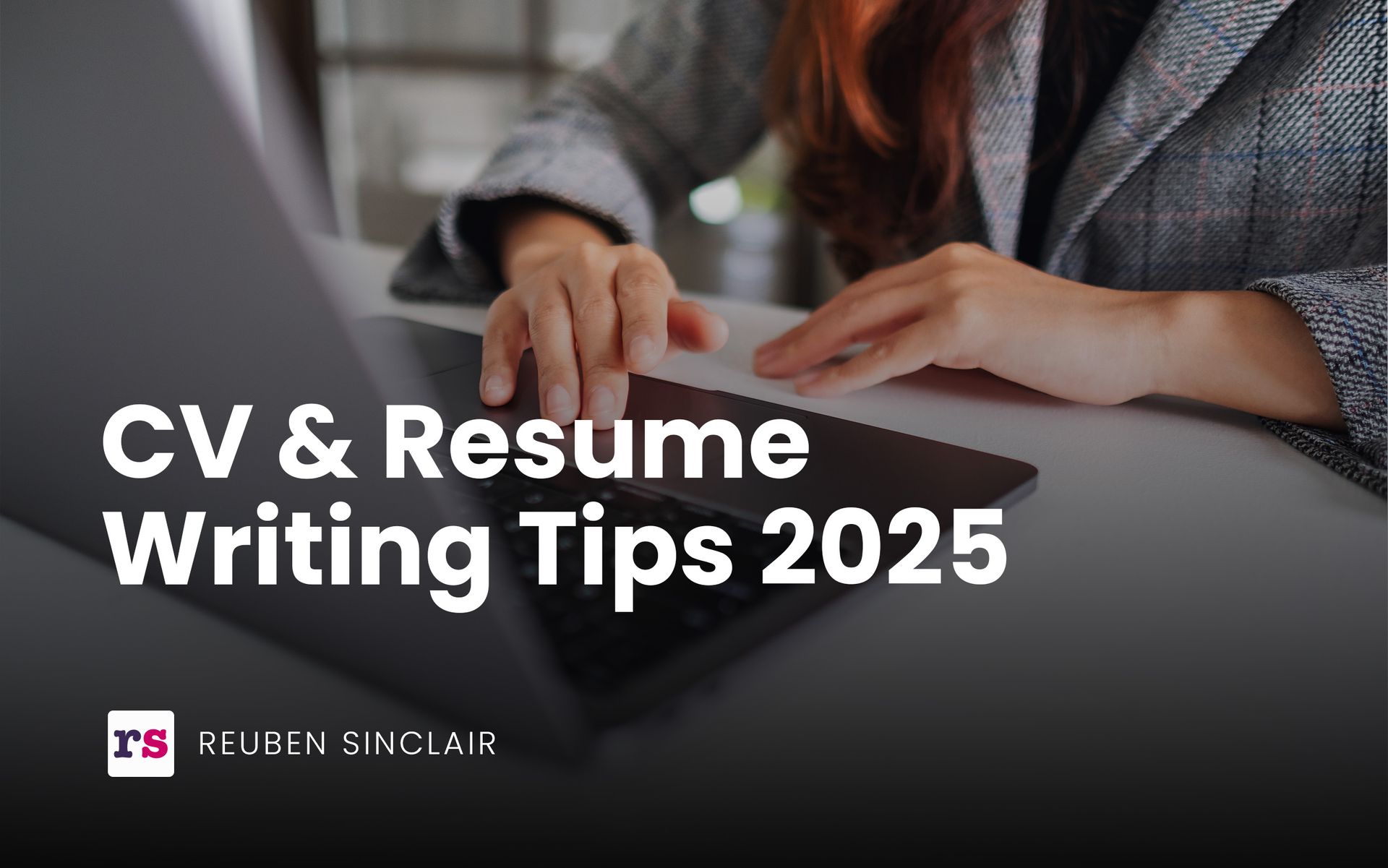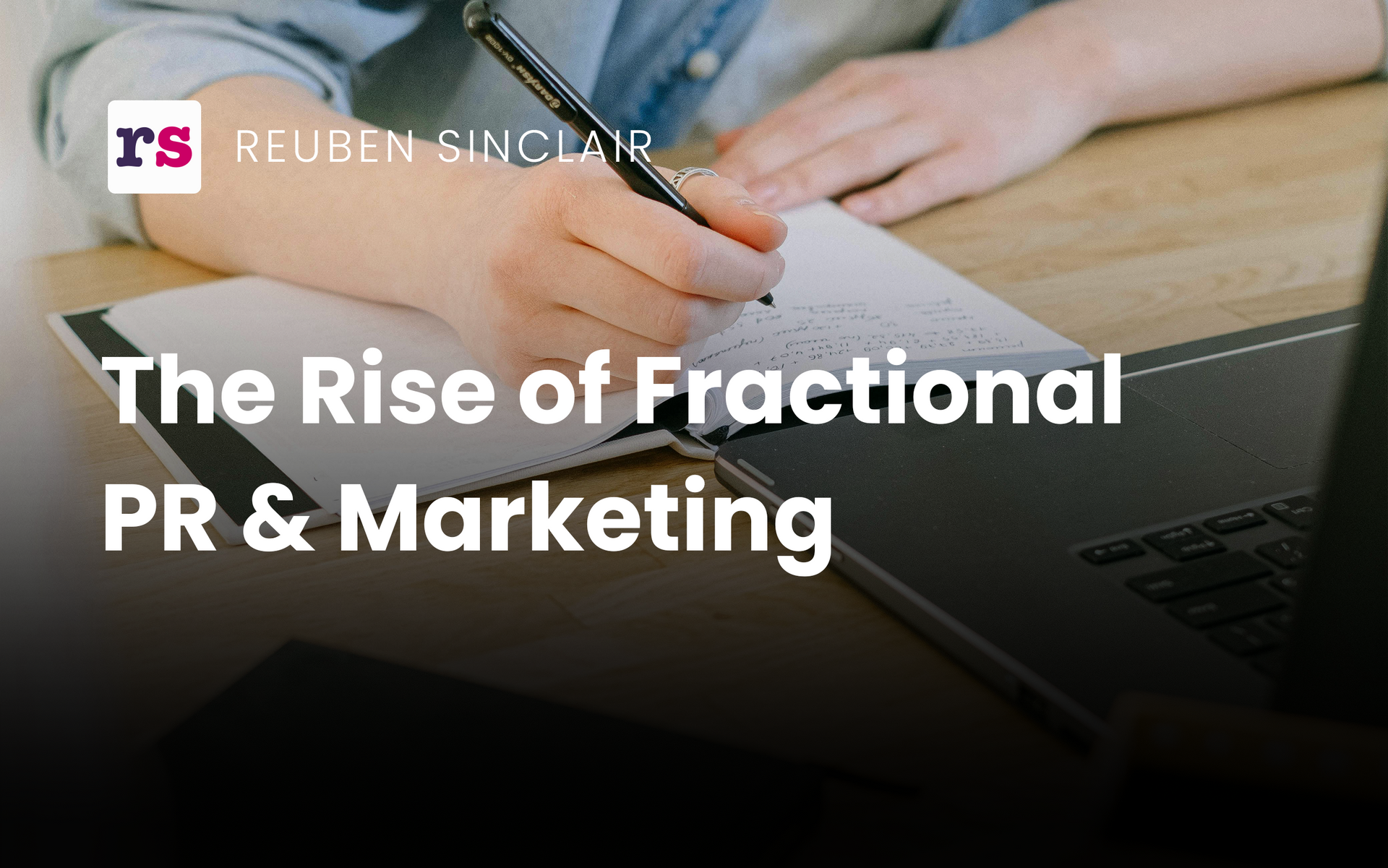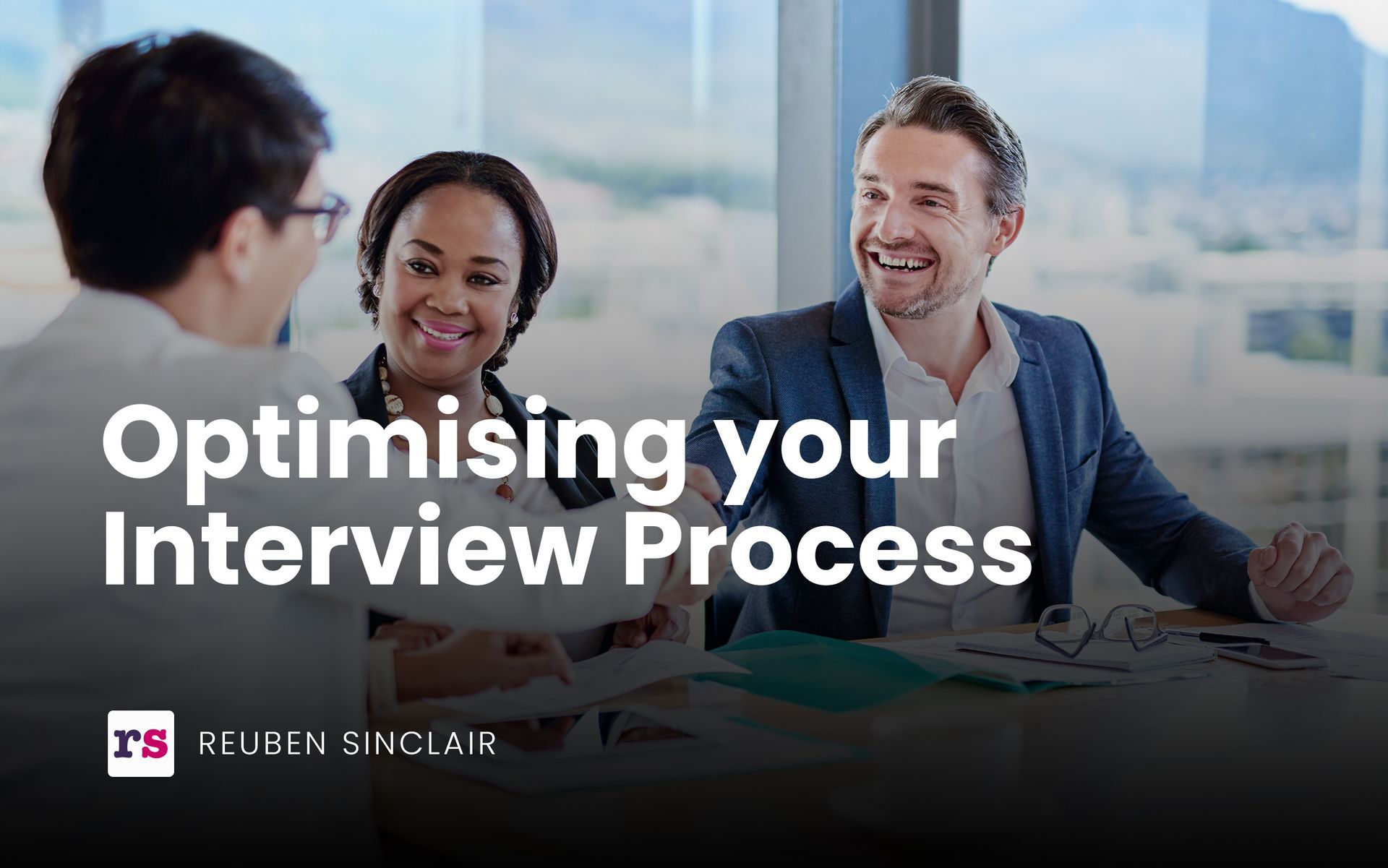Resume Writing Tips 2025: The Ultimate Guide to ATS-Friendly Resumes & CVs

Top Resume Writing Tips 2025
As we head into 2025, hiring managers and applicant tracking systems (ATS) are fine-tuning their methods of identifying top talent. In this detailed guide, we will share how to optimise resumes and CVs for modern recruiters, digital screening tools, and the growing demands of the global workforce. Our insights will help you craft a strong professional image, highlight quantifiable achievements, and align your credentials with the opportunities you seek.
Why Getting Your CV and Resume Right Matters More Than Ever
Recent shifts in technology, industry growth, and talent acquisition strategies mean that traditional resume templates can no longer guarantee success. An ATS-friendly resume that integrates the latest keyword and formatting best practices can dramatically elevate visibility among hiring teams. By leveraging Resume Writing Tips 2025, we ensure our credentials stay current, professional, and properly formatted for the demands of a modern, competitive landscape.
Simultaneously, understanding CV Writing Tips 2025 is critical for those in academia, research, or any profession that requires extensive documentation of skills and achievements. As expectations for CVs also change over time, we can no longer rely on outdated structures that might not suit contemporary needs.
Understanding the Difference Between a Resume and a CV
Although the terms “resume” and “CV” are often used interchangeably, the two documents are distinct in structure and purpose.
- Resume Scope -
A resume is typically a concise overview of work experience, skills, and achievements spanning one to two pages. Employers expect resumes that are laser-focused on recent job roles, quantifiable results, and relevant proficiencies.
- CV Scope - A CV (Curriculum Vitae) provides a complete record of educational background, publications, research, awards, and academic or professional accomplishments. CVs can be multiple pages, especially for those with extensive academic or research histories.
Understanding when each document is appropriate - and how best to tailor it - ensures that our applications align with prospective employers’ expectations and needs.
Building an ATS-Friendly Foundation
Before diving into the specific resume sections or CV components, it is crucial to build an ATS-friendly foundation. Modern hiring software scans resumes and CVs for relevant keywords, correct formatting, and logically structured information. Here are the most important steps:
1. Choose a Clean Layout
We recommend avoiding heavy graphics or intricate designs. Instead, select a format that is easily parsed by both automated systems and human readers. Stick to standard fonts (e.g., Arial, Calibri, Times New Roman) and use section headings clearly marked with text rather than images.
2. Use Targeted Keywords
Tailor industry-relevant keywords throughout your document to match the specific role you are pursuing. If a job description emphasizes “data analysis,” “project management,” or “strategic planning,” ensure those key terms appear naturally in your experience and skills sections.
3. Maintain Logical Formatting
Use consistent text sizes, bullet styles, and paragraph spacing. Ensure your work history is in reverse chronological order, starting with your most recent position, and that section headings (e.g., Experience, Education, Skills) are prominent.
4. Keep It Error-Free
Even if your document is rich with keywords, hiring systems and recruiters may dismiss it if they spot typos, grammatical errors, or inconsistent phrasing. Thorough proofreading is essential to demonstrate attention to detail.
Crafting a Powerful Professional Summary
In 2025, the professional summary (or resume objective, in some contexts) continues to be a strategic way to grab attention. This short paragraph, typically located below your contact information, allows us to highlight core competencies, unique strengths, and overall career goals in a concise manner.
1. Keep It Brief Yet Impactful
Limit this paragraph to three to five lines. We want to showcase our top achievements, highlight our main selling points, and align them with the prospective position. For example: “Results-driven digital marketing specialist with 7+ years of experience and a proven track record of increasing brand awareness by 40% through data-backed campaigns.”
2. Include Relevant Keywords
We should infuse our professional summary with specific keyword phrases directly related to the job description. Phrases like “process optimisation,” “cross-functional leadership,” or “client relationship management” can demonstrate alignment with the role.
3. Demonstrate Future Potential
While highlighting past achievements is essential, referencing our forward-looking perspective can show that we are eager to adapt and grow. This aligns well with the progressive mindset of recruiters focused on innovation.
Structuring the Experience Section for Maximum Impact
A well-structured experience section remains the backbone of any resume or CV. Modern recruiters and ATS platforms look for clear, quantifiable achievements and evidence of relevant skills applied in real-world scenarios.
1. List Roles in Reverse Chronological Order
Begin with your current or most recent position, then move backward in time. Each role should include the employer’s name, location, your job title, and the dates of employment.
2. Incorporate Bullet Points
Bullets allow us to present achievements and responsibilities in a concise, scannable format. Start each bullet with an action verb (e.g., “Led a cross-functional team,” “Developed a new sales strategy,” “Implemented a data-driven analytics solution”).
3. Quantify Achievements Wherever Possible
Hiring managers prioritise measurable results. If possible, include percentages, revenue figures, time savings, or any other metrics that highlight your impact. For example, “Increased quarterly sales by 25% through the implementation of targeted email campaigns” carries far more weight than “Assisted with sales growth.”
4. Align Experience with Desired Role
Tailor each bullet point to emphasise skills and accomplishments relevant to the job posting. Re-order bullet points to showcase the most pertinent achievements first.
Highlighting Education and Certifications
Many positions require specific academic credentials or technical certifications. Even for roles that do not explicitly demand higher education, showcasing relevant educational background helps establish credibility.
1. Prioritise Highest Degrees
List your most advanced degree first, followed by subsequent degrees and diplomas. For instance, PhD or Master’s degree holders should list those credentials above bachelor’s-level qualifications.
2. Include Important Dates
Provide graduation years or expected completion dates if currently studying. A timeline clarifies your career trajectory, especially if you are a recent graduate or changing fields.
3. Spotlight Relevant Coursework
If your studies involved specialised subjects that align with the target role, highlight them briefly. For example, if you majored in Computer Science and are seeking a role in data analysis, listing advanced courses in machine learning or data mining can be impactful.
4. Add Industry-Recognised Certifications
Certifications show advanced technical or professional knowledge. Include details such as “Certified Project Management Professional (PMP),” “Cisco Certified Network Professional (CCNP),” or “Google Analytics Certification.” Indicate the certifying body and completion date for clarity and verification.
Demonstrating Core Skills and Competencies
Strategically positioned skills sections can make a resume or CV more compelling. In 2025, employers expect both hard skills (technical proficiencies) and soft skills (interpersonal attributes). Strategically separating these sets can help an ATS easily discern a candidate’s well-rounded profile.
1. Hard Skills
- Programming languages (e.g., Python, Java, SQL)
- Data analysis or data visualisation (e.g., Power BI, Tableau)
- Project management methodologies (e.g., Scrum, Agile tools)
- Foreign languages at professional proficiency
2. Soft Skills
- Leadership and team collaboration
- Communication and presentation abilities
- Critical thinking and problem-solving
- Time management and organisational capability
3. Optimise for Specific Roles
Study the job posting and incorporate relevant technical or soft skill keywords. The synergy between your experience and skills sections should be evident. For example, if your experience references leading agile sprints, list “Agile Methodologies” or “Scrum Mastery” under hard skills.
Integrating Additional Sections for Extra Value
In 2025, recruiters appreciate well-rounded professionals who add unique perspectives to an organisation. Consider including extra sections that highlight involvement outside of traditional work experience.
1. Awards and Achievements
Showcase industry accolades, employee of the month recognitions, or relevant honours received during your career. This signals superior performance and dedication.
2. Publications and Conferences
If you have contributed to research papers, journals, or presented at professional events, list them under a dedicated “Publications” or “Conferences” subsection. This is especially relevant for academic and research-focused CVs.
3. Community Engagement or Volunteering
Highlighting philanthropic efforts or community service conveys strong values and well-developed interpersonal skills. Examples include hosting workshops, mentoring new professionals, or organizing charitable events.
4. Professional Associations
Membership in groups like the Project Management Institute, American Marketing Association, or other domain-specific organisations shows commitment to ongoing growth in your field.
Modern Trends We've Spotted In Creative Resume Designs
While minimalism remains an essential design principle for ATS compatibility, subtle enhancements can elevate creative resumes without compromising system readability.
Here are a few trends to consider:
1. Subtle Color Accents
Light colour shading in headings or section dividers can make key details stand out. Choose colours that align with your field; for example, tech roles often pair well with cool tones like blues or greys.
2. Selective Use of Icons
Small icons next to contact information or section headings can draw the reader’s eye, but ensure they are minimal and do not disrupt text parsing.
3. Visual Timelines
Incorporating a simple vertical timeline to show career progression may make a CV look dynamic. However, verify that these visuals do not interfere with keyword scanning by ATS platforms.
4. Incorporating Brand Elements
Personal branding can help recruiters remember you. Consistent use of fonts and formatting, or a personal logo (if appropriate for your industry), can demonstrate creativity and professionalism.
Ensuring Accuracy and Consistency
We must confirm that every section of our resume or CV remains factually correct, up-to-date, and consistent in style. Any discrepancies could raise questions about our reliability.
1. Verify Employment Dates
Misaligned or overlapping employment dates might imply dishonesty. Always cross-check job timelines to ensure they precisely match official records.
2. Use Consistent Job Titles
If you held multiple positions in the same company, clarify promotions or lateral moves with distinct job titles and precise timelines. This approach demonstrates career growth and reduces confusion.
3. Align Terminologies
Consistent references (e.g., always writing “BSc” instead of alternating between “Bachelor of Science” and “BSc”) make documents easier to skim.
4. Provide Concrete Data
Double-check figures associated with achievements—such as sales increases, budget allocations, or team sizes. Maintaining accuracy fosters trust with potential employers.
The Role of References and Endorsements
Adding references or endorsements can strengthen your application. However, the approach to references changes depending on country-specific norms and personal preferences.
1. Add References Upon Request
Unless the job posting explicitly requests it, we do not need to list references on a resume. Instead, note “References available upon request.” This frees up space for more valuable information.
2. Secure Endorsements
If a leading figure in your industry endorses your skillset, sharing a brief testimonial (one or two lines) can reinforce credibility. Ensure that any endorsements align with the role’s priorities.
3. LinkedIn Recommendations
Recruiters often check LinkedIn profiles to confirm your professional identity. Encourage satisfied colleagues or managers to write concise, meaningful recommendations that reflect your work ethic and achievements.
Digital Presence and Personal Branding
In an era of remote interviews and digital job applications, our online footprint can be just as crucial as our resume or CV. Integrating a professional online presence into our application strategy showcases adaptability and tech-savviness.
1. Optimise LinkedIn
- Use a professional headshot and align your LinkedIn headline with your target role.
- Keep your experience, skills, and summary updated to mirror your resume or CV.
- Seek endorsements from colleagues for specific skills that matter most in your field.
2. Share a Personal Portfolio
Applicants in design, marketing, tech, or writing benefit from online portfolios. Provide direct links within your resume or CV to highlight project samples, designs, or code repositories.
3. Maintain a Professional Voice
On social media, keep content professional or ensure your privacy settings are configured for personal updates you would rather not share with recruiters. Employers often do background checks on major platforms.
Strategies for Customising Each Application
One-size-fits-all resumes often fail to resonate with a specific employer’s needs. Tailoring each application remains key to standing out in 2025.
1. Study the Job Description
Identify critical requirements - such as technical competencies, leadership experience, or communication skills - and highlight them early in your resume or CV.
2. Reorder Sections Strategically
If applying for a role that prioritizes specialized knowledge, feature your skills and projects at the top. Conversely, if leadership is vital, emphasize roles where you managed teams.
3. Adjust Keywords and Phrasing
Revisit your bullet points to ensure they match the terminology recruiters are searching for. If the listing specifically mentions “data-driven insights,” incorporate that phrase in your experience or skills section.
4. Targeted Cover Letters
When attaching a cover letter, personalise it to underscore why you are a great match. Though not always mandatory, a well-crafted cover letter can push your application to the top of the pile.
Common Resume and CV Mistakes to Avoid
Even well-qualified candidates risk rejection if they submit a document riddled with errors or omissions. Stay clear of these pitfalls:
1. Unprofessional Email Address
Always use a simple, professional email tied to your name (e.g., firstname.lastname@gmail.com). Quirky or outdated addresses can undermine credibility.
2. Generic or Vague Content
Failing to use action verbs and quantifiable metrics can result in a bland summary of duties rather than a compelling story of achievements.
3. Exceeding Appropriate Length
Resumes typically should not exceed two pages unless you have extensive experience. CVs can be longer, but only if every detail remains relevant to the position.
4. Ignoring Gaps
Employment gaps happen - whether for health, education, or personal reasons. A short explanation of these intervals, or highlighting transferable skills developed during them, can be beneficial.
Finalising Your Resume or CV for 2025
Polishing the final document is just as important as drafting it. After you have included all sections, carefully reviewed details, and tailored the content to the specific application, follow these steps:
1. Proofread Multiple Times
Check grammar, spelling, punctuation, and consistent formatting. Even minor errors can negatively impact first impressions.
2. Receive a Peer Review
Ask a trusted colleague or mentor to critique your resume or CV. They may spot unclear phrasing or suggest improvements to highlight key strengths.
3. Save in Multiple Formats
For online applications, save your document in PDF format to ensure consistent formatting across various devices. Keep a Word document version (or similar) available for those employers who specifically request an editable file.
4. Stay Up to Date
Continue refining your resume or CV with every new project or skill set acquired. Proactively updating ensures that you are always ready for emerging career opportunities.
Conclusion
Professional resumes and CVs must be optimised to capture both the attention of digital hiring tools and the discerning eyes of recruiters. By focusing on ATS-friendly formats, targeted keywords, quantifiable achievements, and a strong professional online presence, we significantly increase our chances of standing out.
For academic and research roles, emphasise the depth and breadth of scholarly contributions and specialised certifications.











